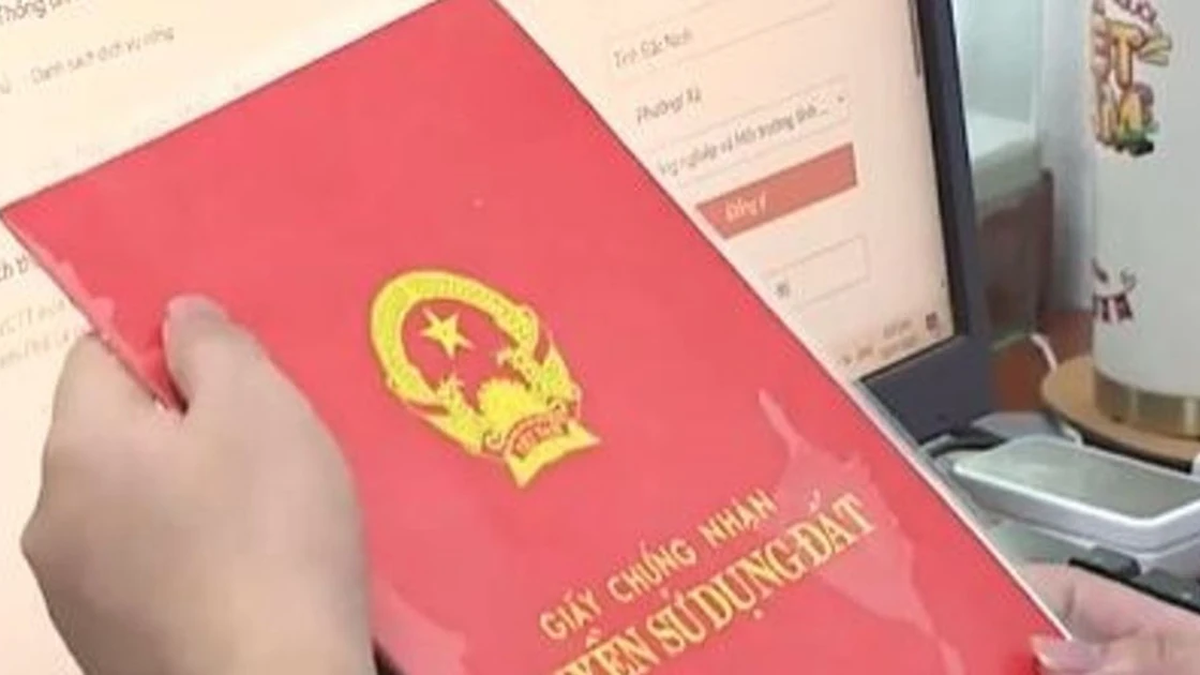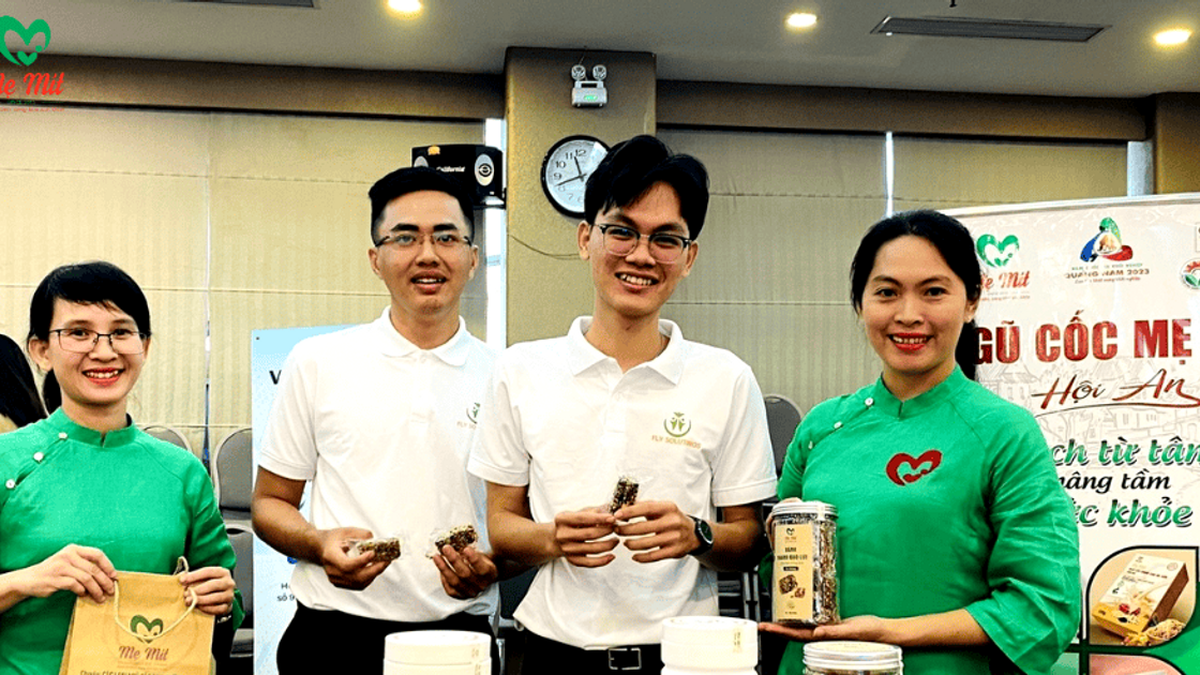Le Gia fish sauce products have been successfully exported to many countries around the world .
Despite the potential, the journey to bring Thanh Hoa traditional products to foreign markets is not easy. Ms. Le Thi Thu, owner of a sedge mat production facility for export in Nga Hai commune (Nga Son) shared: “Previously, we mainly sold domestic mats, handmade, with simple designs. Recently, when we received orders from Korea and Japan, we realized the extremely strict requirements on quality, product standards, design and packaging. To maintain orders, the facility must invest in new weaving machines, improve techniques, and retrain workers.”
Similarly, Mr. Lo Van Hung’s rattan and bamboo production facility in Trung Son commune (Quan Hoa) once received an export order to Germany through an intermediary. However, due to a lack of understanding of technical standards, a part of the product was returned, causing significant losses. “That painful experience made me understand that if we do not change our production mindset and professionalize the process, we cannot compete in the international market,” Mr. Hung said.
In addition to technical requirements, traditional products also face major barriers in branding. Most craft villages have not yet built collective brands, registered intellectual property or traced their origins. This is one of the factors that makes it difficult for products to be accepted by large distribution chains abroad.
To remove these bottlenecks, Thanh Hoa province has recently issued many policies to support the development of craft villages and bring traditional products further afield. According to the Department of Industry and Trade of Thanh Hoa, up to now, the whole province has more than 43 traditional occupations and 53 traditional craft villages in operation, of which about 15 craft villages have the potential to develop export products. One of the bright spots is the traditional fish sauce making profession in Hai Thanh and Hai Binh wards (Nghi Son town) - famous for Do Xuyen - Ba Lang fish sauce products. From mainly domestic consumption, in recent years, many production facilities here have focused on improving quality, investing in filtration systems, bottling, and improving packaging to meet the strict requirements of the international market.
Mr. Nguyen Van Hao, owner of Hai An fish sauce facility in Hai Thanh ward, shared: “We have registered to protect the Do Xuyen - Ba Lang fish sauce trademark, at the same time applied food hygiene and safety standards, traced the origin and bottled in glass bottles with our own designs. Thanks to support from the OCOP Program and trade promotion, the facility's fish sauce products have reached the markets in the Czech Republic and Laos, exporting an average of 5,000 - 7,000 liters per year.”
Not only limited to the food group, handicraft products such as sedge, rattan, brocade... are also making positive changes to conquer the international market. In particular, one of the important directions chosen by production facilities is to take advantage of cross-border e-commerce - a low-cost but high-potential sales channel. Traditional products, especially handicrafts, which are imbued with indigenous culture and made from natural materials, are very suitable for the green, environmentally friendly consumption trend in European and North American countries.
According to statistics from the Department of Industry and Trade, in 2024, export revenue from traditional craft village products will reach about 7.5 million USD, an increase of 18% compared to 2023. Although not large compared to the total export turnover of the province, this figure shows great potential if there is proper investment and direction.
To realize the goal of bringing traditional products further, Thanh Hoa province is focusing on a number of key solutions such as supporting the building of collective brands and intellectual property protection; promoting digital transformation for small production establishments; organizing training courses on export standards, trade connections and supporting costs for participating in international fairs. Ms. Luu Thi Nga, Head of the Department of Industrial Management, Department of Industry and Trade, said: “We are coordinating with relevant units to implement the Project on developing OCOP products and craft villages for the period 2025-2030, in which priority is given to groups of products with export potential. At the same time, there will be policies to encourage businesses to invest in processing lines, modern packaging, and traceability - mandatory factors when exporting goods abroad”.
In addition to the efforts of the government, the initiative and determination of artisans and craft village owners are key factors. Only when traditional products are created with a market mindset, ensuring quality and telling the cultural story of Thanh Hoa, will the journey of “crossing the border” become smooth.
Article and photos: Chi Pham
Source: https://baothanhhoa.vn/dua-san-pham-truyen-thong-xuat-ngoai-253338.htm






















































![[Maritime News] More than 80% of global container shipping capacity is in the hands of MSC and major shipping alliances](https://vphoto.vietnam.vn/thumb/402x226/vietnam/resource/IMAGE/2025/7/16/6b4d586c984b4cbf8c5680352b9eaeb0)













































Comment (0)